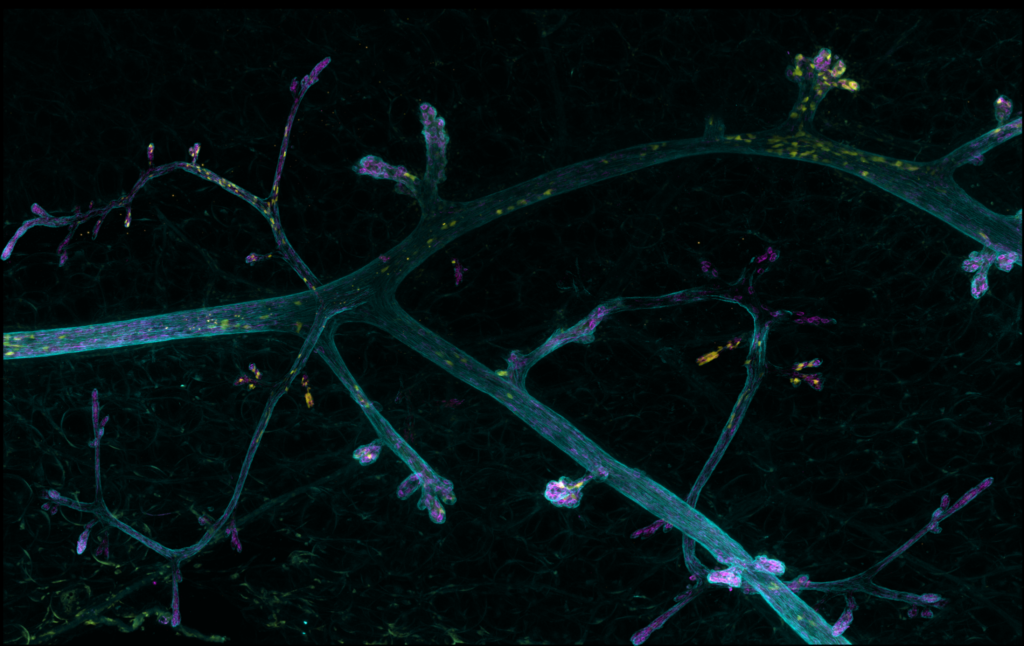The second edition of the Workshop on High-Resolution Light Microscopy will cover recent advances in fluorescence microscopy, enabling measurement and computational analysis of a wide range of cellular activities. It consists of both lectures and hands-on sessions, giving the necessary theoretical background and practical insight into the application fluorescence microscopy to study cell migration and cellular processes at high spatial and temporal resolution.
The main topics that will be covered are:
– Principles of microscopy;
– Fluorescent probes;
– Live imaging;
– FRAP, FRET and photo-activation;
– Image processing and analysis.
Speakers and Workshop tutors:
– Anna Pezzarossa | iMM, Portugal
– Jean Salamero | Institut Curie, France
– José Rino | iMM, Portugal
– Rainer Pepperkok I EMBL, Germany
Target audience:
15 participants from iMM, Institut Curie, DKFZ will be selected to attend this Workshop. A selection committee will be responsible for selecting the participants. This imaging workshop is aimed at Master and PhD students, post-doctoral fellows and senior faculty members either with or without previous working experience in using light microscopy.
Registration:
To apply for the Workshop on High-Resolution Light Microscopy – 2nd Edition please submit the Workshop Application Form
Preference will be given to applications from ReTuBi partner institutions (iMM, Institut Curie and DKFZ).
Applications should be sent to: imm-tumourbiology@medicina.ulisboa.pt
Application deadline is September 15, 2018 and the selected participants will be communicated by September 20, 2018
Please note there is no registration fee. Travel and accommodation expenses for participants from iMM, Institut Curie and DKFZ will be covered by the ReTuBi project.
More information: ReTuBi Website
